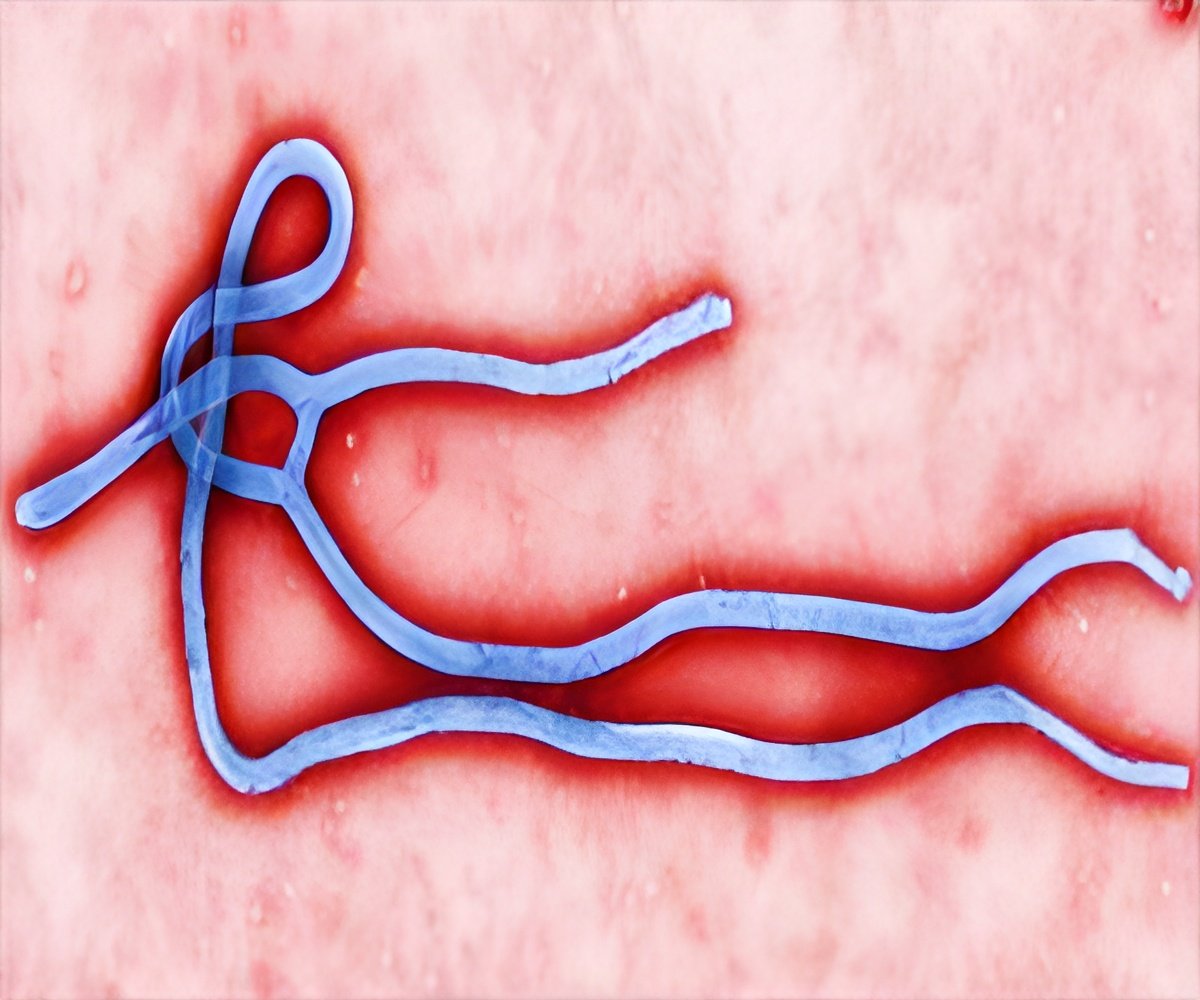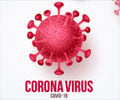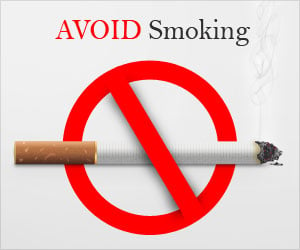Effective public health communication is essential for Africa, confronted with numerous infectious disease epidemics and public health crises.

The importance of communicating to the public during a pandemic, and the personal risk it can lead to
Go to source). Public health communication is critical for the African continent faced with a slew of infectious-disease epidemics and public health emergencies. Between 2001 and 2022, the region reported 1,800 public health emergencies, most of them emerging infectious diseases such as cholera, meningitis, Ebola, measles, yellow fever, Mpox (monkeypox), Zika, Rift valley fever, and COVID-19.
‘Community involvement has played a vital role in combatting #COVID-19 in African nations, particularly in addressing vaccine hesitancy. #infectiousdisease #Ebola’





Information about the epidemic, prevention measures, and health guidelines must be clear, concise, easily understandable, and reach a wide audience. As Dr Djoudalbaye explains, “One of the main communication challenges is disseminating accurate and timely information to the public who have limited access to reliable information and communication channels. Compounding the problem is that only around 40% of Africa’s population has access to the internet. This can lead to misinformation and rumors' spreading rapidly, undermining public health efforts to control the epidemic.” Navigating Cultural and Linguistic Diversity in Public Health Communication
Failure to communicate in the over 2,000 local languages spoken across the continent, or to consider cultural norms and beliefs, can lead to confusion, mistrust, and resistance to public health measures. “Recurrent epidemics negatively impact already weak healthcare systems, devastate struggling economies, and can lead to a colossal toll on human life”, says Dr Djoudalbaye. “Developing and applying well-thought-out public health communication strategies requires not only taking into account Africa’s diverse linguistic and cultural landscape, but also addressing these underlying social and economic factors, and engaging with more vulnerable populations who may be at greatest risk of exposure to disease outbreaks.”Despite these challenges, there have been successful efforts to communicate public health policy during epidemics in Africa. Take the 2014-2016 Ebola epidemic in West Africa and the COVID-19 pandemic. “Rapid response teams were deployed to remote areas to provide information and engage with local communities”, says Dr Djoudalbaye. “This approach helped to build trust, dispel myths, and encourage compliance with public health measures, ultimately contributing to the containment of the epidemic.”
The COVID-19 pandemic has highlighted the need for innovation and flexibility in African countries. As Dr Djoudalbaye explains, “Countries like Ghana, Rwanda, and Senegal have used technology to support their response to the pandemic. Rwanda and Ghana deployed drones to deliver medical supplies and test results to remote areas, while Senegal has used rapid diagnostic kits to test for COVID-19. These countries have also demonstrated flexibility in their response, with the ability to adapt to changing circumstances and implement new policies and protocols as needed.”
Given that around 80% of the population in 33/54 African countries have access to, or own, a mobile phone, text messaging is playing an increasingly crucial role in bridging gaps in communication, reaching underserved populations, and promoting positive health behaviors across the continent. “This means that more people can now be reached with messaging about interrupting infection chains and refuting rumors' and misunderstandings about emerging infectious diseases”, says Dr Djoudalbaye. “But there is a lot of inequity in mobile phone ownership when it comes to age and gender, with men twice as likely to own a phone as women and phone ownership declining after the age of 40.”
Advertisement
Countries like Uganda and Ghana have used community engagement to spread awareness about the virus, promote preventative measures, and debunk misinformation. In Nigeria, community engagement has helped to combat social stigma and discrimination against COVID-19 patients and healthcare workers.
Advertisement
Reference:
- The importance of communicating to the public during a pandemic, and the personal risk it can lead to - (https://www.escmid.org/fileadmin/escmid/media/pdf/press_releases/2024/2024-q2/Press_release_Importance_of_communicating__20240426.pdf)
Source-Eurekalert










